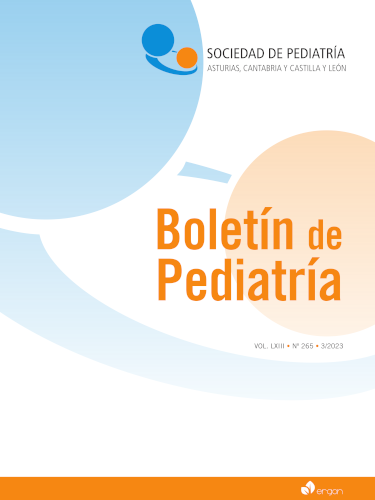Abstract
The main goal of the diagnostic study of persistent hematuria is to rule out the presence of potentially serious renal pathology. The association with proteinuria requires periodic monitoring of renal function, blood pressure, and quantification of proteinuria in cases of suspected underlying glomerulopathy. The kidney biopsy, in the presence of persistent hematuria and proteinuria, will often provide a definitive diagnosis. We present a girl with hematuria monitored in pediatric nephrology department for years without deterioration of glomerular filtration in whom it was decided to perform a kidney biopsy, which gave us the definitive diagnosis. IgA nephropathy is the most common primary glomerular disease worldwide and requires lifelong monitoring due to possible long-term deterioration of kidney function. Currently, there are no specific treatment protocols for children, and the most commonly used ones follow the KDIGO 2021 guidelines, which are directed at adults.

This work is licensed under a Creative Commons Attribution-NonCommercial 4.0 International License.
Copyright (c) 2023 Boletín de Pediatría
